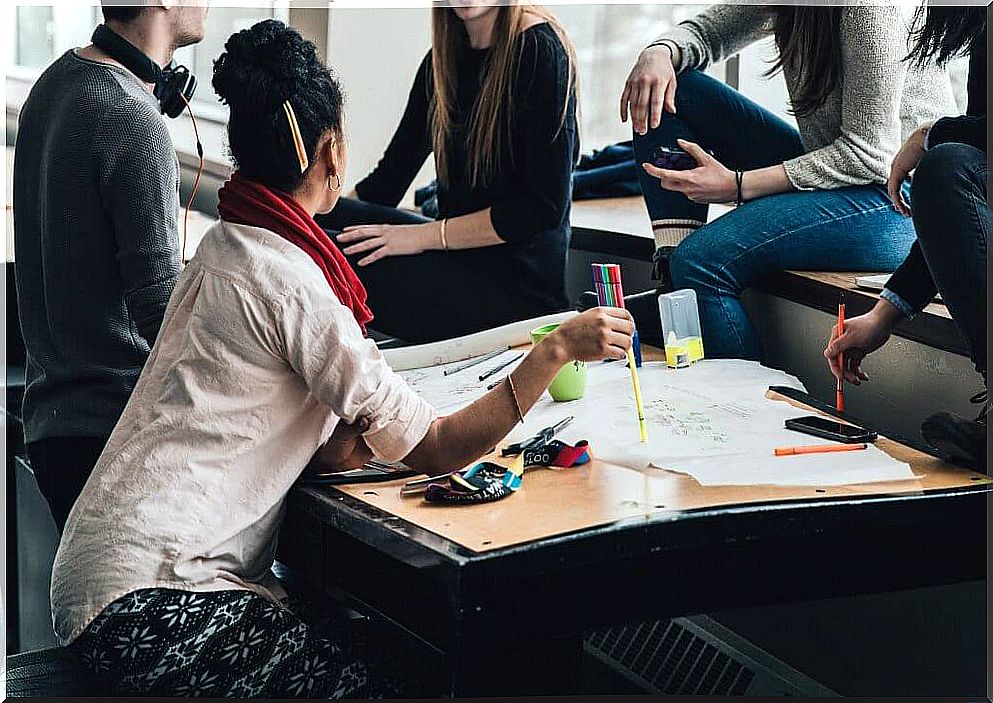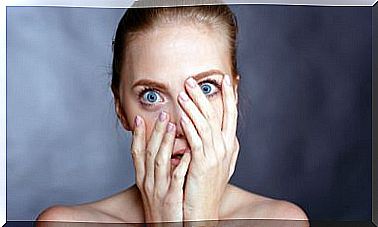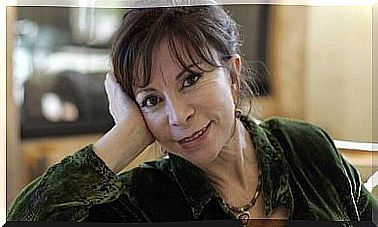Stereotypes And Prejudices: Differences

As striking as it may seem , the meaning of stereotypes and prejudices are often confused. However, from social psychology they point out that they are two dimensions with clear differences. However, both terms share, as we well know, a wide spectrum of negative attitudes. The same that converge in most discriminatory processes
Before addressing the differences, we will begin by defining each of them. Stereotypes would be those beliefs we have about the characteristics of a group. Prejudices, on the other hand, would refer to the negative evaluation with respect to the group.
The former would have more to do with our cognitive part, the latter with the emotional part. Stereotypes would arise from a general knowledge of the group, while prejudice would appear when we attribute these general characteristics to each of the members of that group and make inferences that facilitate acceptance or rejection.
Let’s see more data below.
Stereotypes and prejudices, the roots of discrimination and inequality
In a study carried out at the University of Kansas published in the Bulletin of Personality and Social Psychology, they point out something interesting. Stereotypes, according to the authors of this work, are formed as justifications for prejudice.
That is, the first thing that is carried out is that simple label, the categorization of groups of people. After that, prejudice appears, that negative attitude where the adverse emotion, rejection, already appears. Later, discrimination as such occurs.
Stereotypes as a way of labeling
Stereotypes, according to Allport (1954), fulfill categorization functions, simplify our reality. Therefore, they decrease our energy expenditure at the mental level, since they form groups and assign similar characteristics for belonging to them.
- They suppose energy savings and do not have to be negative, as long as we know that it is not something general and that in no case, do they represent a total or totally adjusted reality.
- An example of a stereotype could be the belief that all Andalusians are funny, Germans have squared minds, or that all people with blonde hair are naive.
The problem undoubtedly appears when we think that the stereotype always holds true or that it does so in most cases.
The weight of prejudice, the emotional component
Prejudices, on the other hand, speak to us of the affective part or negative attitude. Just as we said that having stereotypes is normal and social, prejudices implicitly carry a negative connotation.
- To follow the example from before, we could have a stereotype that Andalusians are funny and the negative prejudice that they never take things seriously.
- The last part that we would need to close the circle, would be that after the stereotype, which refers to the cognitive part and its corresponding prejudice, appealing to the affective part, we would have discrimination.
Discrimination would tell us about the behavior and actions carried out to express both the stereotype and the prejudice, that is, what each one does.

What role do stereotypes have?
Social psychology has studied stereotypes, how they arise and the differences that we could find between them, prejudices and discrimination. The functions that have been found within this cognitive activity are:
- Systematize and simplify reality : creating large groups with which to categorize and classify, mentally turning the world, in some way, into a more predictable place.
- Defend the values of the person. Groups allow me to assign broad characteristics that are easier to compare with than if they were done one by one.
- Maintain a certain social control. By having large groups, it is easier to control the outside than if we do it by individuals.
Is it possible to limit stereotypes and prejudices?
Something that we must understand is that stereotypes arise as a cognitive economy. That is, it seeks to “group” people, homogenize them to facilitate social understanding.
Only the most open, empathetic and informed profiles know that these categories are not always fulfilled, and that if we stop to observe the groups more closely, we will find various nuances.

Stereotypes are in no way there to limit us, but on the contrary, what we have to do is limit ourselves to them, handle them wisely.
They help us organize, but they are by no means a model without error. Stereotypes, as we have seen, are also at the base of prejudices, so if we can limit stereotypes, we will be helping to prevent prejudices from being a determining factor for us.
Changing a stereotype or a prejudice is only possible if we approach the group and try to observe without applying filters or trying to confirm previous ideas. The question, therefore, is to dedicate our efforts to fixate on those ideas and situations that break with previous ideas. And that is everyone’s responsibility.








